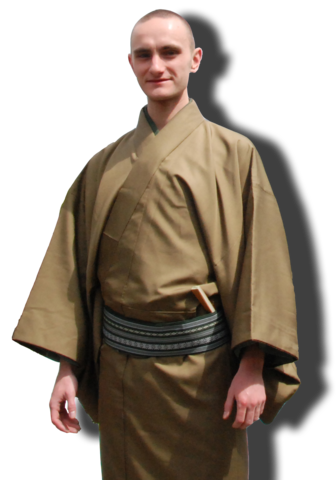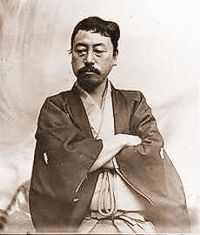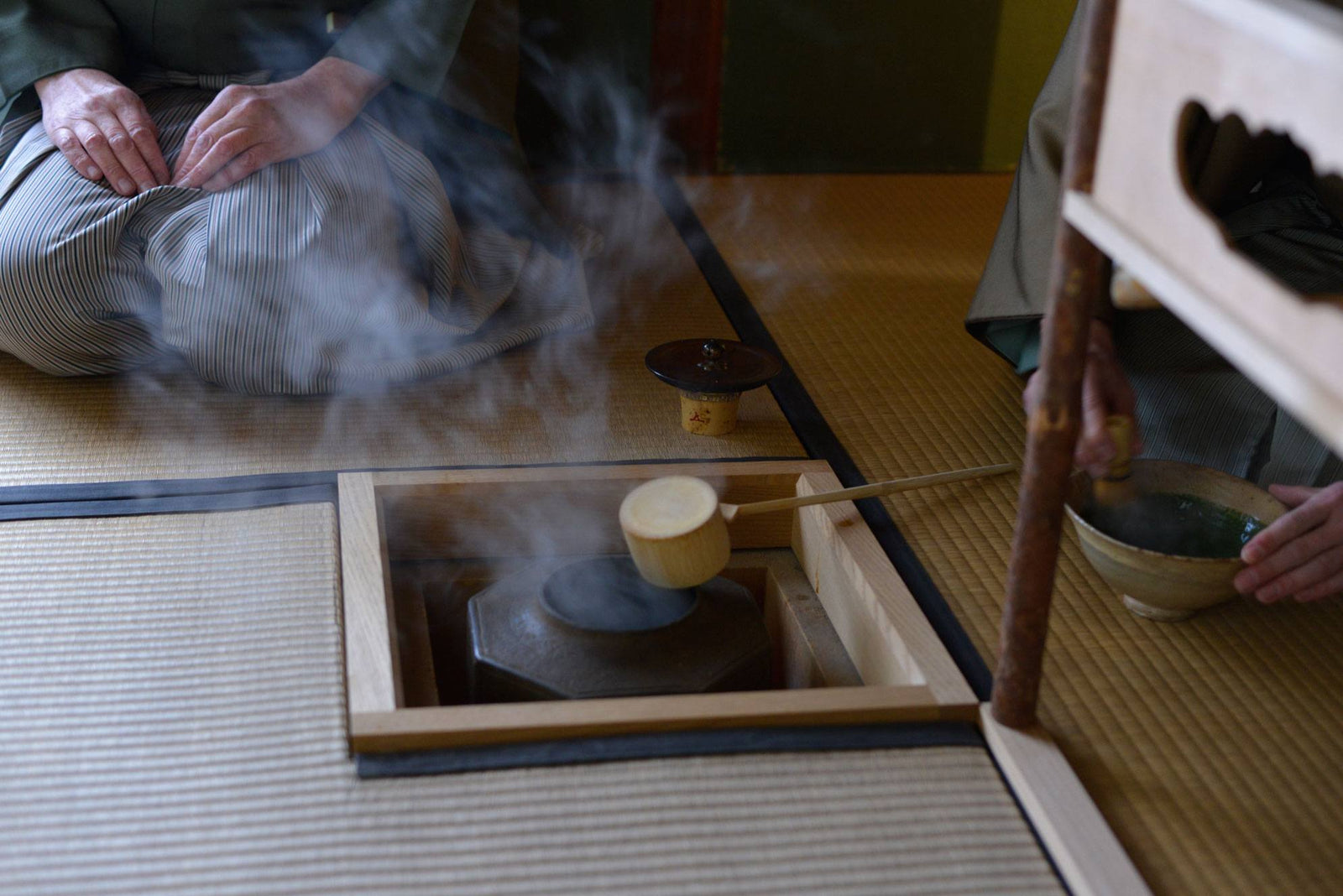Shop our collection of matcha & other tea powders
 Written by Tyas Sōsen
Written by Tyas Sōsen
Banner image courtesy of Tea Ceremony Kyoto
The matcha craze in the West borrows much of its culture from the role of matcha in chanoyu, the Japanese tea ceremony. Chanoyu (茶乃湯) literally means "hot water for tea" and is also called chado or sado (茶道) or "the way of tea". But we prefer to refer to Chanoyu as "the rite of tea".
While the culture of drinking powdered tea originated in China during the Song Dynasty (960–1279), the rite of tea is a quintessentially Japanese tradition. It has developed independently of its Chinese origins for nearly a millennium since the Buddhist monk Eisai brought Zen Buddhism and the methods to produce powdered green tea from China.

 The term "sado" was translated as "teaism" and "the tea ceremony" in a long English-language essay by Japanese scholar Okakura Kakuzo in 1906 as he attempted to explain the role of sado in the aesthetic and cultural aspects of Japanese life. For better or worse, this essay, "The Book of Tea" (read it here for free), established the term "tea ceremony" as the translation of chanoyu in English.
The term "sado" was translated as "teaism" and "the tea ceremony" in a long English-language essay by Japanese scholar Okakura Kakuzo in 1906 as he attempted to explain the role of sado in the aesthetic and cultural aspects of Japanese life. For better or worse, this essay, "The Book of Tea" (read it here for free), established the term "tea ceremony" as the translation of chanoyu in English.
 The rite of tea is constructed in such a way that by observing several rules, conventions and procedures, attention is given to the most important things in our human and interpersonal existence. It is much more than simply a formalized ceremony to serve tea (matcha). Studying chanoyu is a way to cultivate an understanding of, and appreciation for beauty; and also helps us to build better interpersonal relationships, and live a richer life.
The rite of tea is constructed in such a way that by observing several rules, conventions and procedures, attention is given to the most important things in our human and interpersonal existence. It is much more than simply a formalized ceremony to serve tea (matcha). Studying chanoyu is a way to cultivate an understanding of, and appreciation for beauty; and also helps us to build better interpersonal relationships, and live a richer life.
The most important facet is not the fact that you are drinking tea during a tea ceremony to bring you peace. Rather, it is the fact that you are actively, in a focused way, taking the time to have tea together with other people in a place that is separate from the outside world. It is this setting and environment that instills awareness in your mind that helps each practitioner to, personally, find peace in your current state of being. The tea itself is but the medium (or the excuse) to which you dedicate this special time. It is a spiritual experience that heightens your awareness of the world.
The rite of tea is not a performance
The rite of tea is not a performance, a show ‘performed’ by the host for his guests. In essence, a tea occasion is a sociable gathering in which the guests partake and play an essential role. We must consider everyone present – the host as well as his guests, the servants, etc. – as active participants in the ritual. A tea occasion is not simply hosted by someone, for someone.
Instead, each participant has his own role to play. The host trains to selflessly serve his guests, while the guests aim to cooperate with the host and respectfully cooperate with each other to bring the whole occasion to a successful conclusion.
A tea occasion is more than the preparation of tea alone
Originally a tea gathering is a 4.5-hour occasion during which a small number of guests are entertained by their host. The occasion is initiated by a formalized placement of charcoal in the hearth to boil the water for the tea, followed by the 13-course kaiseki meal.
Following the meal, the guests leave the tea chamber briefly to stretch their legs and use the restroom. Once they re-enter, the host has cleansed the space and may have made some adjustments to the display. This is when the climax of the gathering takes place: the service of real-tea or tea-proper, thick tea or koicha. Thick tea can be compared to a thick broth or soup for which a lot of matcha tea powder is skillfully stirred with only a small amount of hot water.
The diluted variant of thick tea is the frothy bowl of thin tea or usucha, which is now also more commonly known in the West due to the popularity of matcha. After the service of thick tea, the guests may move to a larger reception room (if the host has foreseen so) where they are served a final round of individual bowls of thin tea as refreshment.
Recently, such full tea occasions have become less common and the rite of tea is often presented in its abbreviated form, showing only the final service of thin tea.
Through tea we can learn to be present in the current moment
Mindfulness is at the core of the practice. Every step in the process is executed carefully and with full attention. This aspect is expressed during the execution of a service of tea by the host by taking care in cleansing the implements once more in front of his guests before taking them for use.
As a guest, care is given to showing appreciation for the hard work that has gone into creating the tea and expressing gratitude for making the occasion possible to the universe by first raising the bowl of tea in thanks. Then humility is expressed to the host by avoiding the front of the bowl, which usually has the most beautiful pattern, when drinking. In doing so, the guest indirectly acknowledges the host’s wish to please him with the best of the best. Only after having done this he takes his first mouthful.
This is a simple summary of the various prescribed procedures that are observed by the host as well as the guest. When we understand the meaning behind each of the deliberate, formalized steps, we rediscover valuable rules of basic interpersonal courtesy. Is it therefore necessary to go through the motions at every instant in our lives? Maybe not, but practicing them gives us access to discovering important frames of mind that can help us in our everyday interpersonal interactions as well.
The rite of tea is a way to bring meditation into our everyday lives
The rite of tea is very therapeutic. In an age where we are bombarded with information, with so much to do in our busy daily lives, our spirit cries out for time to quiet down, to relax, to ‘monotask’. Solitary focus is the most relaxing and therapeutic activity for the mind.
The rite of tea provides the practitioner with a tool to focus on the single activity of preparing the tea. Thereby other unnecessary thoughts are omitted and the execution of the service creates an area of quiet. Good tea practitioners exert this energy through their motions and can pull the guests into that energy. It is this spiritual tranquility that is the same as the mental state achieved during, for example, seated meditation.



